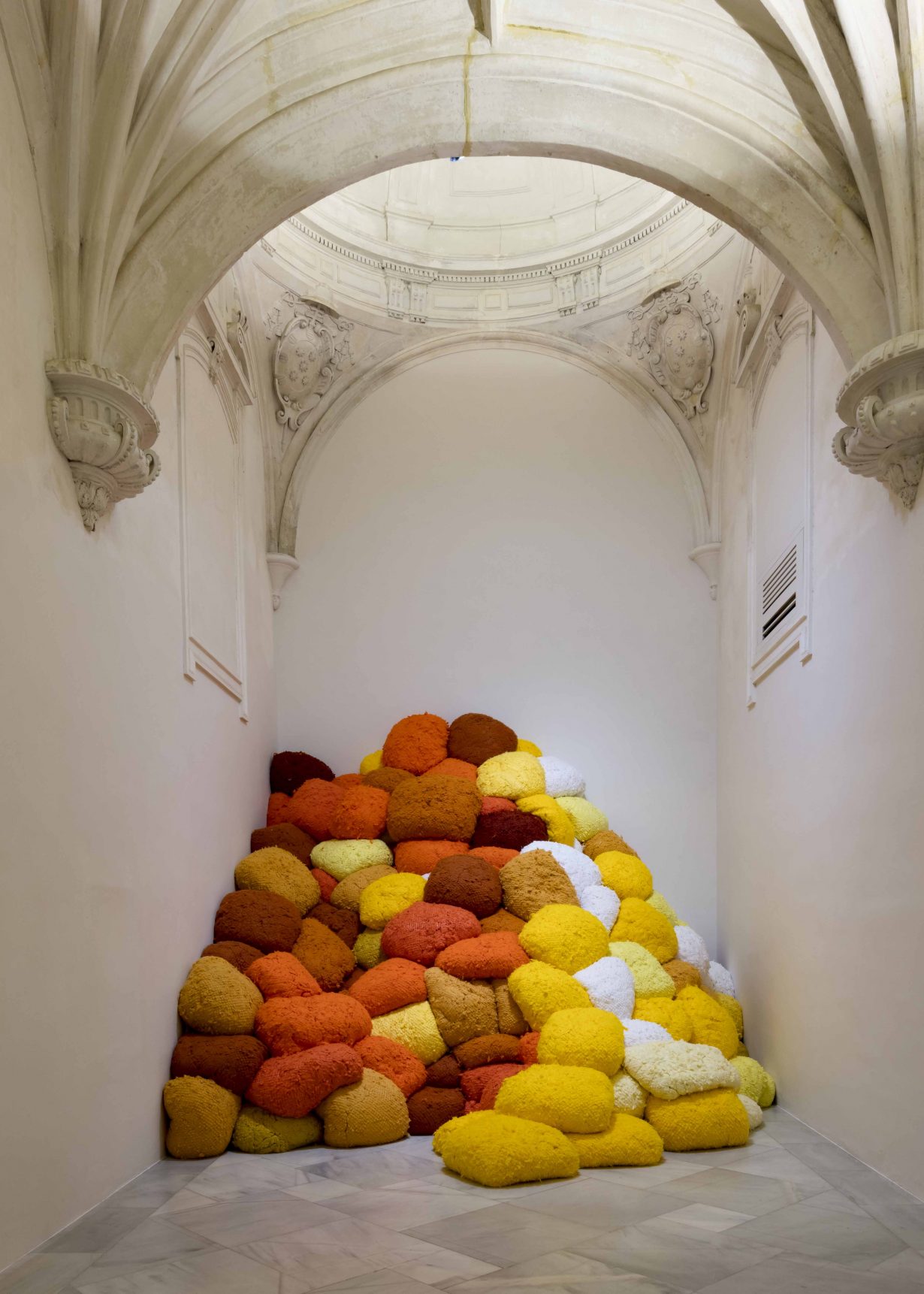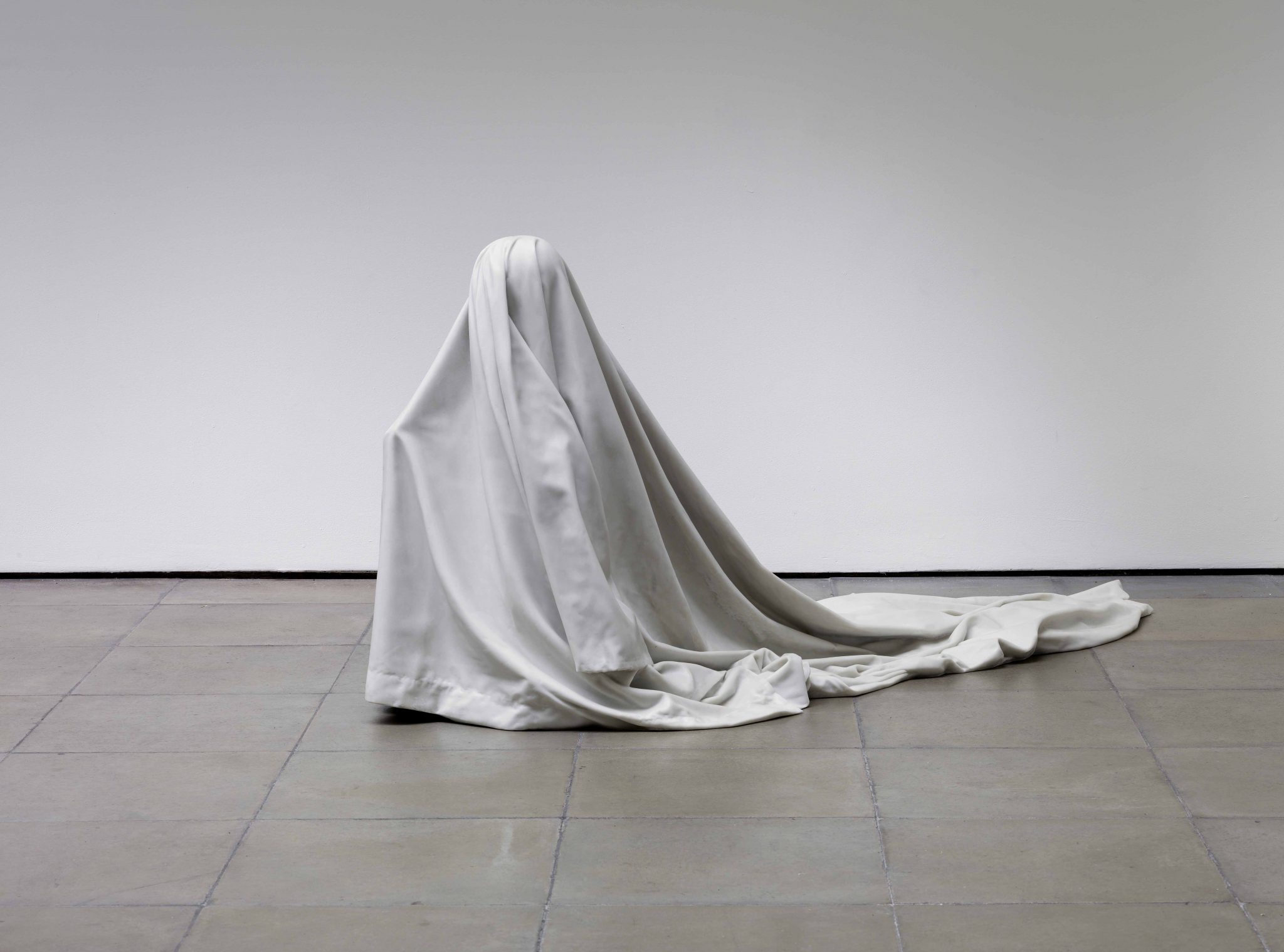A new book asks who contemporary art is really for in a tangled attempt to elucidate an often-opaque industry
Styled as an introduction for contemporary-art novices, the premise of this book is that the general public doesn’t ‘get’ contemporary art. And that for contemporary art to be really worth anything, it should. What’s never quite clear is if art’s fundamental incomprehensibility is the fault of artists, the public or those who set themselves up as interfaces between art and the public. This book is not about blame. Although it does hint at the fact that art’s relationship with capitalism, and capitalism’s entanglements with privilege and class, might be a bit of an issue. And at the fact that the artworld is governed by decisions about which artists are given visibility and which are not. The important thing is that Natalie Rudd’s book is a public service to both art and errr… the public. Which, by her logic, when it comes to an art-loving public, may or may not exist in the first place.

Indeed, the microscopic font deployed here would suggest that art really is only for the keen eyed. The book is made up of a mix of breathless thematic surveys, with headings such as ‘Why do artists tell tales?’, and inane individual profiles of (certainly interesting) artists ranging from Sheila Hicks (born during the 1930s) to Zadie Xa (born during the 1980s). Early on, Rudd ventures that ‘contemporary art is the art of our time’. And then undermines that statement by posing the question of when contemporary art ‘starts’. She initially suggests 2000 for the purposes of the book and then says she’ll have to go back further to trace the roots of ideas and influences. Some people, she tells us, suggest that contemporary art began during the 1960s, dumping in such unexplained terms as modernism and minimalism (you have to go to the glossary at the back for explanations). Contemporary art was all about representation, she claims, until at some point during the 1980s it became all about money – her timeline at the back of the book begins with Larry Gagosian opening his gallery in LA in 1980. After money came globalisation, which Rudd suggests means inclusion, even though most artworks introduced in the book were first displayed in Europe or America, where the vast majority of the artists profiled are based too.
And then there’s homework to be done. Each chapter has a list of key activities for the reader: enlist a friend to talk to about what you see; support your local art gallery; etc. Which, ironically, gives us the feeling that all the book’s really saying is that contemporary art isn’t for the general public at all, unless it reads and digests books like this one: ‘By learning the rules of the game, we can all join in,’ Rudd writes at one point. Which is basically the opposite to the statement she quotes in her profile of Ugo Rondinone: ‘You don’t have to understand an artwork. You have just to feel it.’ The message then is that whatever contemporary art is, it’s a complex and contradictory thing.
Contemporary Art by Natalie Rudd. Thames & Hudson, £12.99 (softcover)
